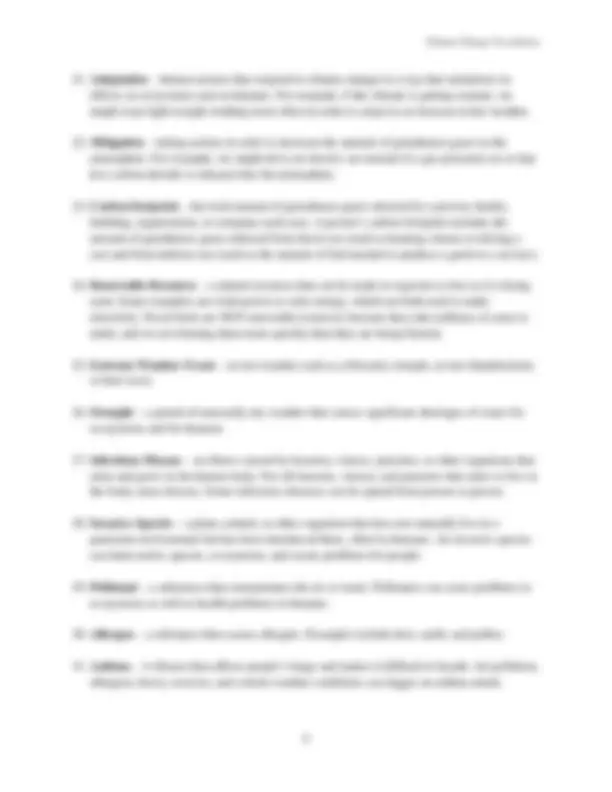




Study with the several resources on Docsity

Earn points by helping other students or get them with a premium plan


Prepare for your exams
Study with the several resources on Docsity

Earn points to download
Earn points by helping other students or get them with a premium plan
Community
Ask the community for help and clear up your study doubts
Discover the best universities in your country according to Docsity users
Free resources
Download our free guides on studying techniques, anxiety management strategies, and thesis advice from Docsity tutors
Weather patterns for about 30 years can be used to describe the climate of a particular place. 7. Global Climate – the average climate of the entire Earth. 8.
Typology: Study notes
1 / 4

This page cannot be seen from the preview
Don't miss anything!



Minnesota Department of Health Minnesota Climate & Health Program PO Box 64975, St. Paul, MN 55164
‘Climate Change Vocabulary’ has been adapted from the United States Environmental Protection Agency: “A Student’s Guide to Global Climate Change: Glossary”. 9/9/2013. http://www.epa.gov/climatestudents/glossary.html Date Accessed: 2/6/2014.
Minnesota Department of Health Climate & Health Program health.climatechange@state.mn.us 651-201-
August 2014